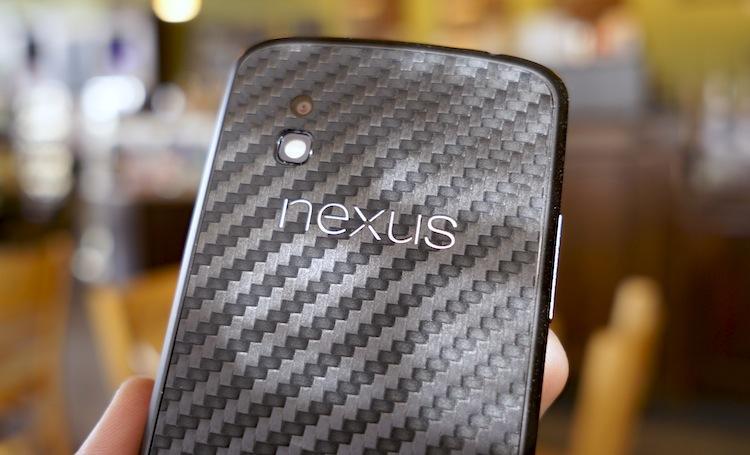
When it comes to purchasing smartphones, there are a lot of things that people consider before making a purchase. You have to consider the design, the platform, the specs, the features and of course you can't forget about the price. How much a phone costs compared to how much a phone is worth is often overlooked by many - which is understandable when faced with a plethora of features and shiny housing design. When it all comes down to it, a lot of the time we don't care what we have to pay in order to get our hands on that one phone we really want.
But a lot of people, particularly those who use carriers that require a two-year contract, don't realize that the price you're paying out of pocket isn't the price that the phone actually costs according to the manufacturer. The bright and bold $199, $99, $50 or whatever other amount that is proudly displayed in front of the phone is the subsidized price. This means that the carrier is giving you a hefty discount in exchange for your promise that you'll stick with them for the next two years. In reality, and if you look just a little bit harder at that tiny, tiny text that nobody reads somewhere near the actual price of the phone, you'll see that the device actually costs a whole lot more than $199.
Most devices actually range from about $500-$800, depending on brand, storage amount, features and what-have-you. While it might seem easy to just brush it off and say it doesn't matter, you'll just get another discount in another two years or so anyway, unless you take proper precautions it's really not all that simple. Especially if you opted not to secure your device with insurance, if something happens to your phone you're up... well, you're in a bad spot, because in order to get a brand new version of that phone again you'll be shelling out all that money for the same phone that you originally only purchased for $199 or whatever.
But not all devices cost that much. In fact, lately some "cheap" phones have been turning up not only costing a lot less than most smartphones do, but also supplying decent specs that make them comparable with other devices that are out on the market right now. Phones like the Nexus 4, which sold starting at $299 for the 8GB version, became one of the most popular phones on the market primarily for its low price and the fact that it has all of the benefits that you expect from the Nexus brand (stock Android, the first for software upgrades, etc.) The Nexus 4 didn't have the top-tier specs you would see from flagship devices, but for the price you really got specs that you couldn't beat.
Along with the Nexus 4, you also have the BLU products that recently popped up. With most of BLU's Android products being under $250 and featuring pretty decent specs, it's definitely something to consider. While we can expect a company like Google to afford giving us a cheaper device like the Nexus, this BLU company isn't nearly as big as Google. Why is it that they can provide us with a decenly specced device and other manufacturers can't?
I'm not saying that everybody should drop their price to being so low, but I do like that people who prefer to purchase phones at full-price are starting to see more budget-friendly options, and I hope that more companies start coming out with more budget-friendly phones with decent specs.
Readers, do you prefer to buy full-price phones at more budget-friendly prices, or do you not mind spending as much money as needed in order to get that phone with the best specs and features? Do you hope to see more phones priced and specced like BLU Life and Nexus emerge? Let us know your thoughts in the comments below!